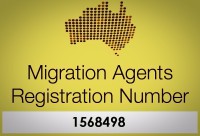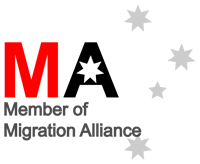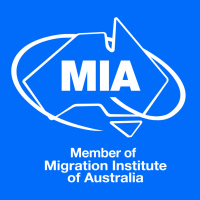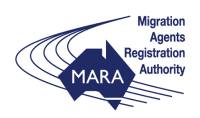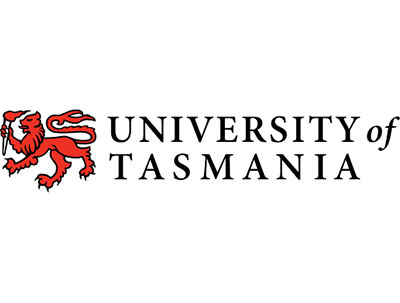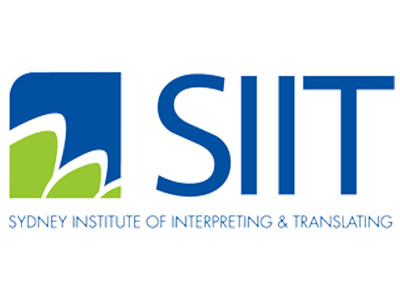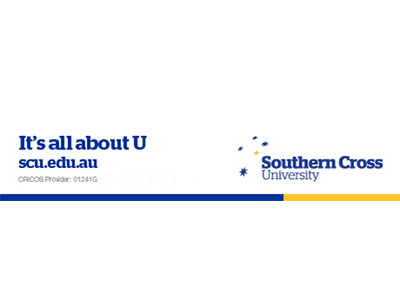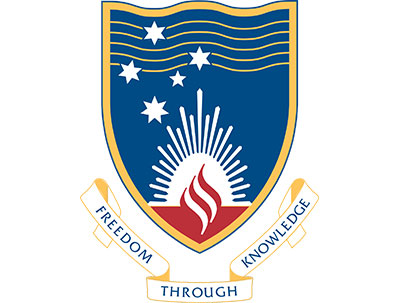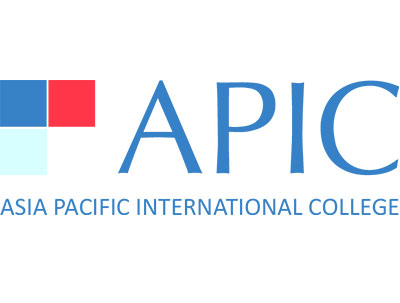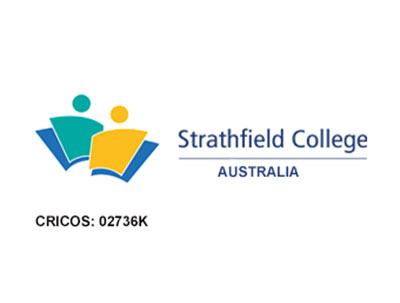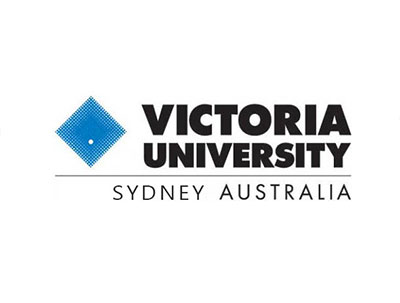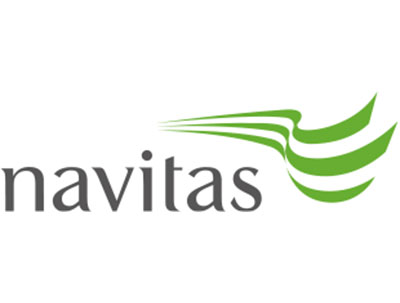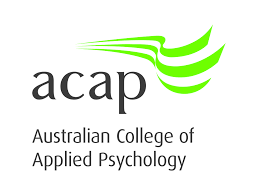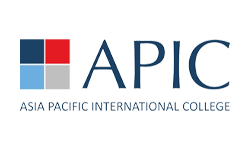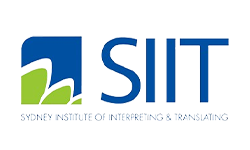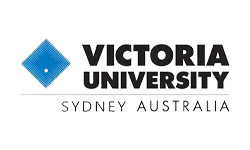Here we have listed some frequently asked questions about 2022-23 Migration Program
What is the overall size and composition of the 2022-23 permanent Migration Program?
▶The 2022-23 permanent Migration Program will have an overall planning level of 195,000 places, with the following composition:
✅ The Skill stream is allocated 142,400 places, seventy three per cent of the program; and
✅ The Family stream is allocated an estimated of 52,500 places or twenty seven per cent, noting Partner and Child visa categories are demand driven and not subject to a ceiling.
What are the key policy settings for the 2022-23 permanent Migration Program?
▶To ease the workforce and skill shortages that many industries in Australia are experiencing and to support our economic recovery from COVID-19, the 2022-23 program will:
✅ increase the planning level to 195,000 places, from 160,000 in 2021-22;
✅ have a strong focus on additional offshore skilled migrants, to help ease widespread, critical skills and workforce shortages where the skilling of Australians is not yet able to keep pace with industry demands.
▶A larger permanent Migration Program will give more migrants the certainty of permanency, a key commitment made by the Government to ensure no migrant is ‘permanently temporary’.
✅ This will encourage migrants to integrate into the Australian community from their arrival, including making personal investments into skills, human capital and social connections.
▶A larger permanent Migration Program will also promote retention of temporary migrants onshorewho are already contributing to the workforce and may also help to encourage other temporary migrants to return to Australia by offering more pathways to permanency.
Why has the planning level for the 2022-23 permanent Migration Program increased, given the significant visa processing backlog?
▶ Australia is experiencing widespread skills and workforce shortages that undermine the performance of businesses and key sectors of the economy.
▶ A larger program, with a focus to attract migrants from outside Australia, will increase labour supply and provide some welcome assistance to businesses experiencing skills and labour shortages in what is currently a very tight labour market. It also sends a strong signal to the world that ‘Australia is open for business’.
▶ Reducing the visa applications backlog is an urgent priority for the Australian Government. The Department of Home Affairs is taking steps to increase processing capacity and efficiency.
▶ To enhance the delivery of a permanent Migration Program level of 195,000 visa places without compromising ongoing efforts to reduce visa backlogs across all visa caseloads, the Government has provided additional funding as a one-off injection to allow the Department of Home Affairs to recruit and train staff to increase its processing capacity.
✅ This will cover 500 additional visa processing staff, as well as staff to support related functions such as health and character checks.
Why is the Skill stream prioritising offshore applications in 2022-23?
▶ Skill and workforce shortages across Australia have been exacerbated by COVID-related restrictions, illness, and an ageing population with a rapid growth in the number of people reaching retirement age.
▶ Migration has a key role to play in helping Australian businesses thrive by providing the labour, skills and talent needed for business to operate and grow.
▶ In the context of sustained low unemployment and tight labour market conditions, some material relief to skill shortages will need to come from an injection of overseas skilled workers.
✅ A larger permanent Migration Program with a strong focus on attracting offshore skilled migrants will signal to the world that Australia is open for business, attracting further temporary migrants, many of whom will transition to permanent residence.
▶ Prioritising offshore applications will provide a quick injection of skills and labour beyond those already in Australia.
What will change for the Family stream in the 2022-23 Migration Program?
▶ While there is a focus on skilled migration in the 2022-23 Migration Program to support economic recovery, the Government is committed to family reunification.
▶ From 2022-23, Partner visas will be granted on a demand driven basis. This will operate like the current Child visa category and not be subject to a ceiling.
▶ The demand-driven arrangement will support Australia’s population growth and social cohesion outcomes by facilitating Australian citizens and permanent residents to reunite with their partners.
▶ Granting partner visas on a demand driven basis will also provide the flexibility to adjust the program in line with expected demand. This will help to reduce the Partner visa pipeline and processing times for many applicants.
▶ For planning purposes, it is estimated that 40,500 Partner visas will be granted in 2022-23, noting that this estimate is not subject to a ceiling.
Is there any change to the Parent visa in light of the current backlog?
▶ The 2022-23 permanent Migration Program has allocated 8,500 places for Parent visas, up from 4,500 in 2021-22.
▶ Family migration plays an important role in delivering social outcomes for Australia, and contributes to social cohesion by strengthening family and community bonds in Australia. Increasing the planning level for this category modestly balances these benefits with the fiscal impacts and pressure on our healthcare system associated with elder migrants.
▶ The increase will allow more parents to come to Australia and potentially assist in the provision of childcare or other family responsibilities, encouraging greater workforce participation from young skilled workers and their spouses, and improving settlement outcomes.







